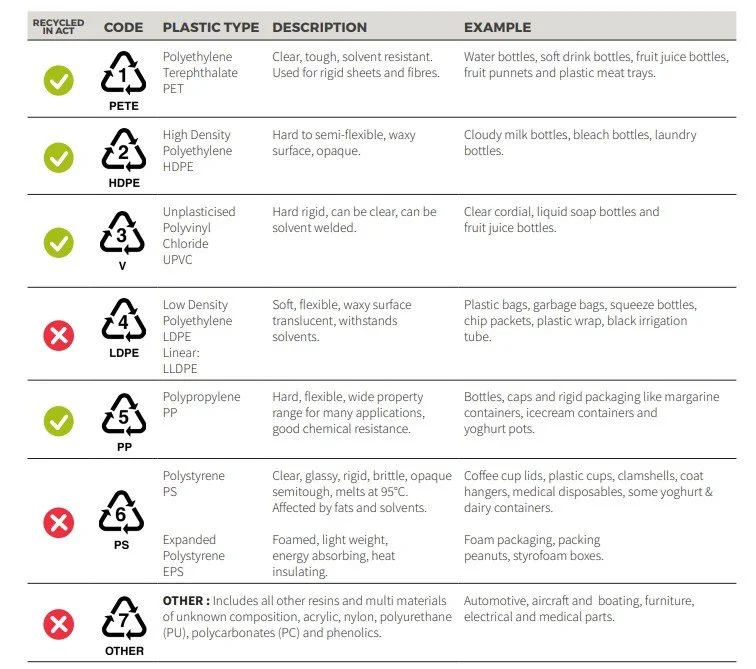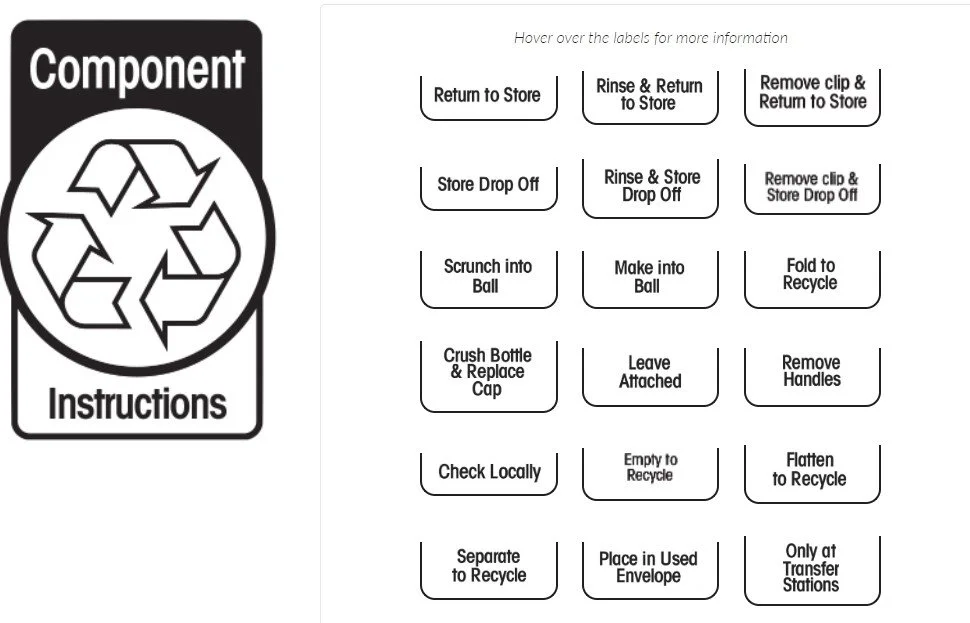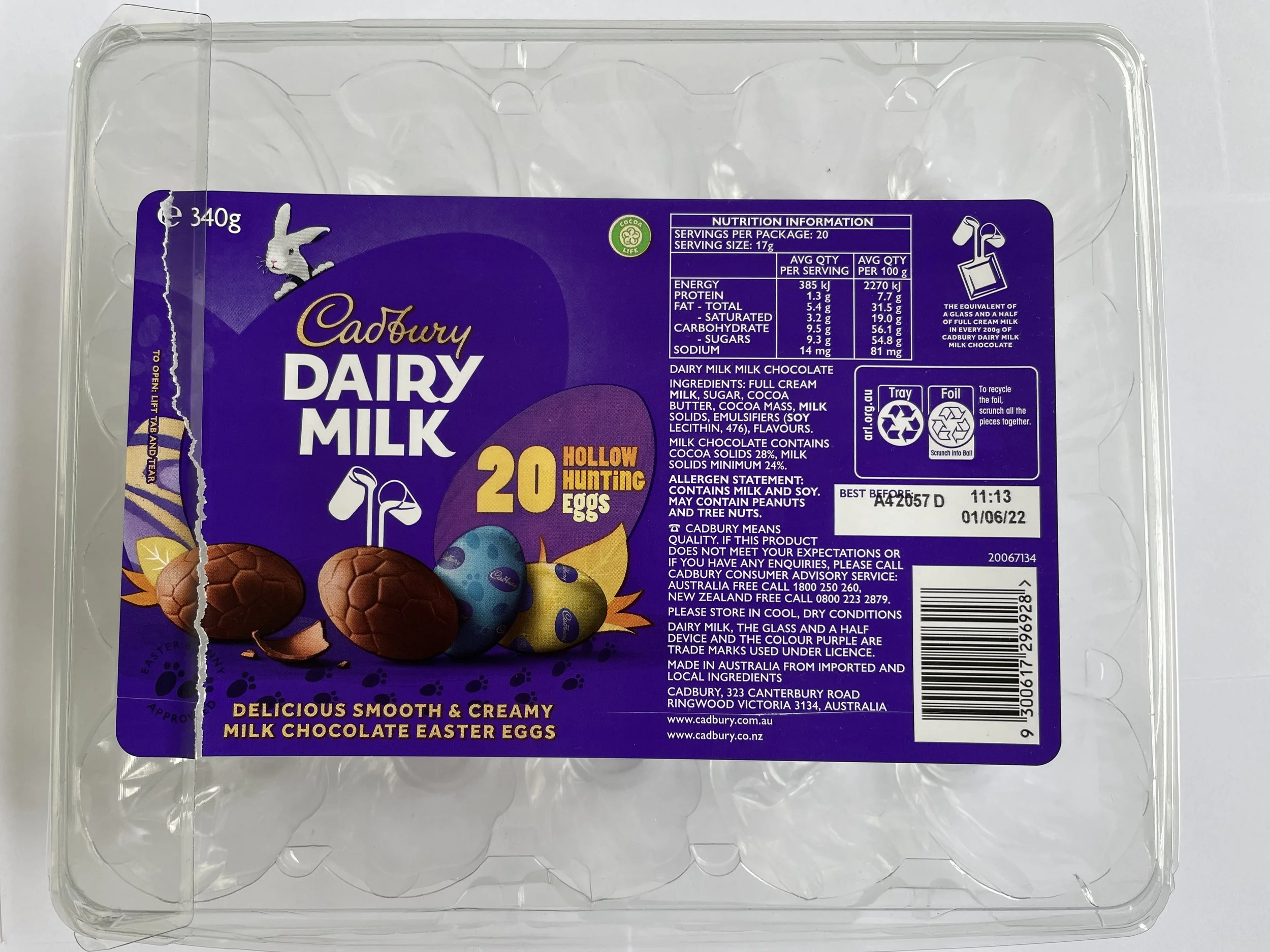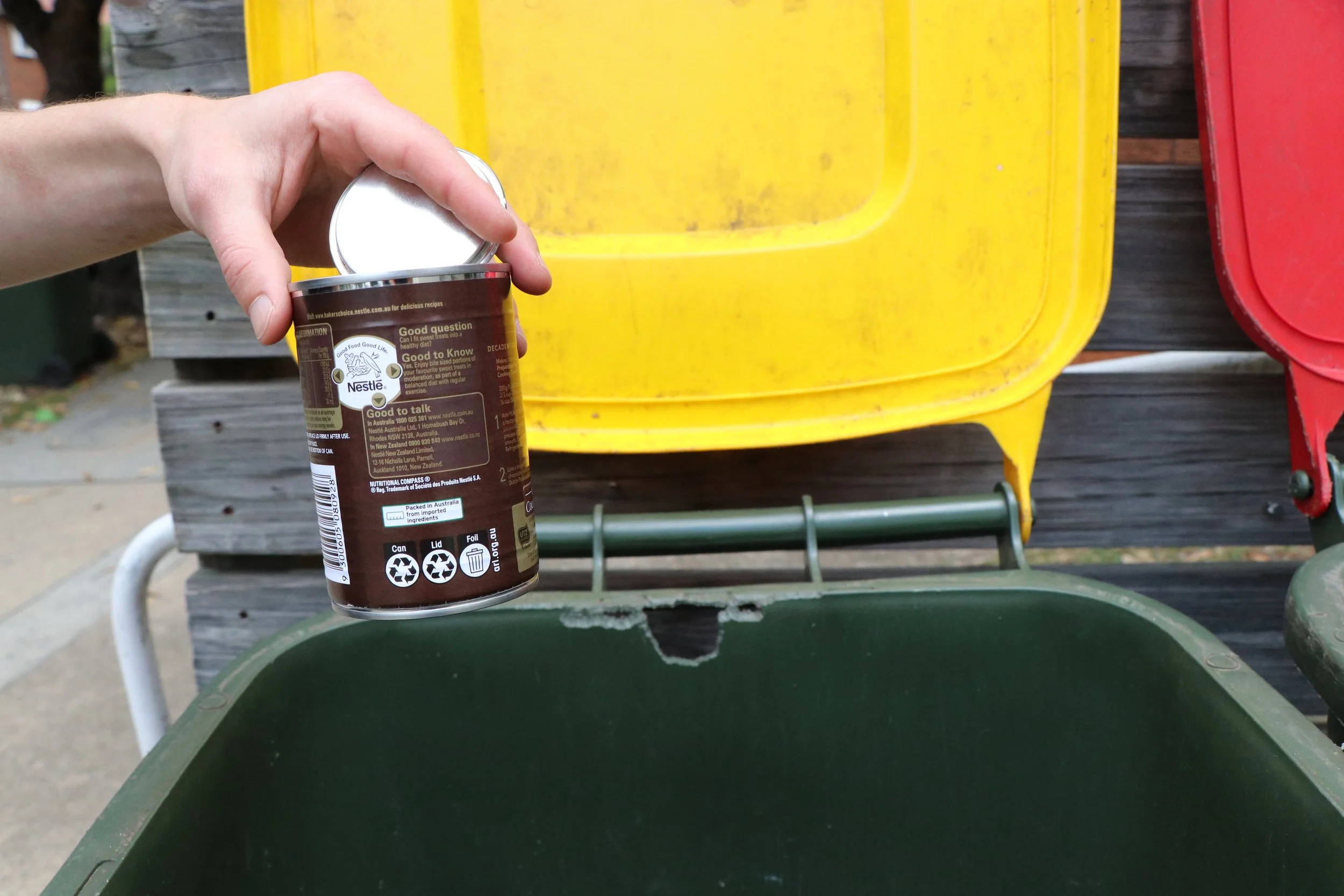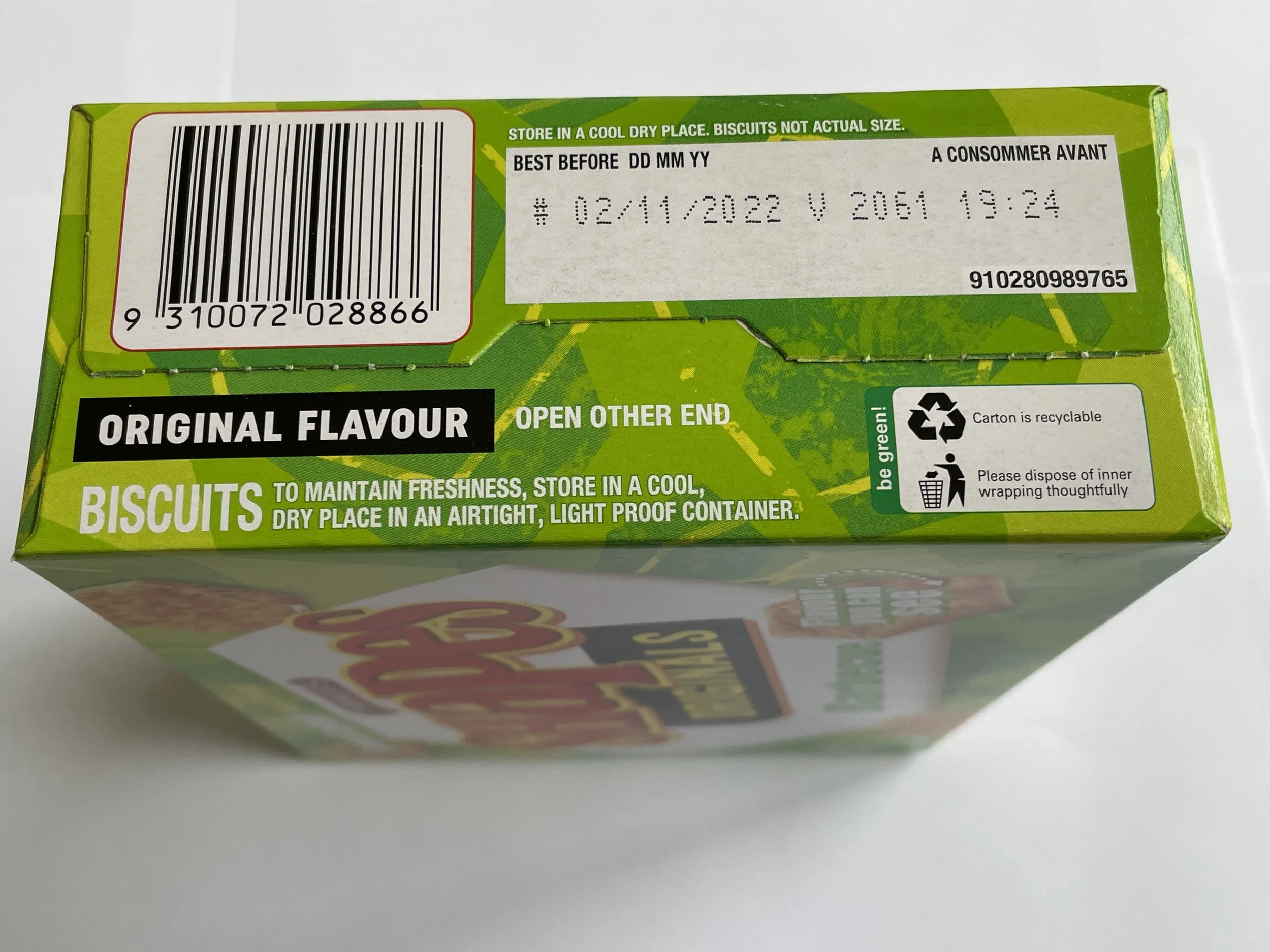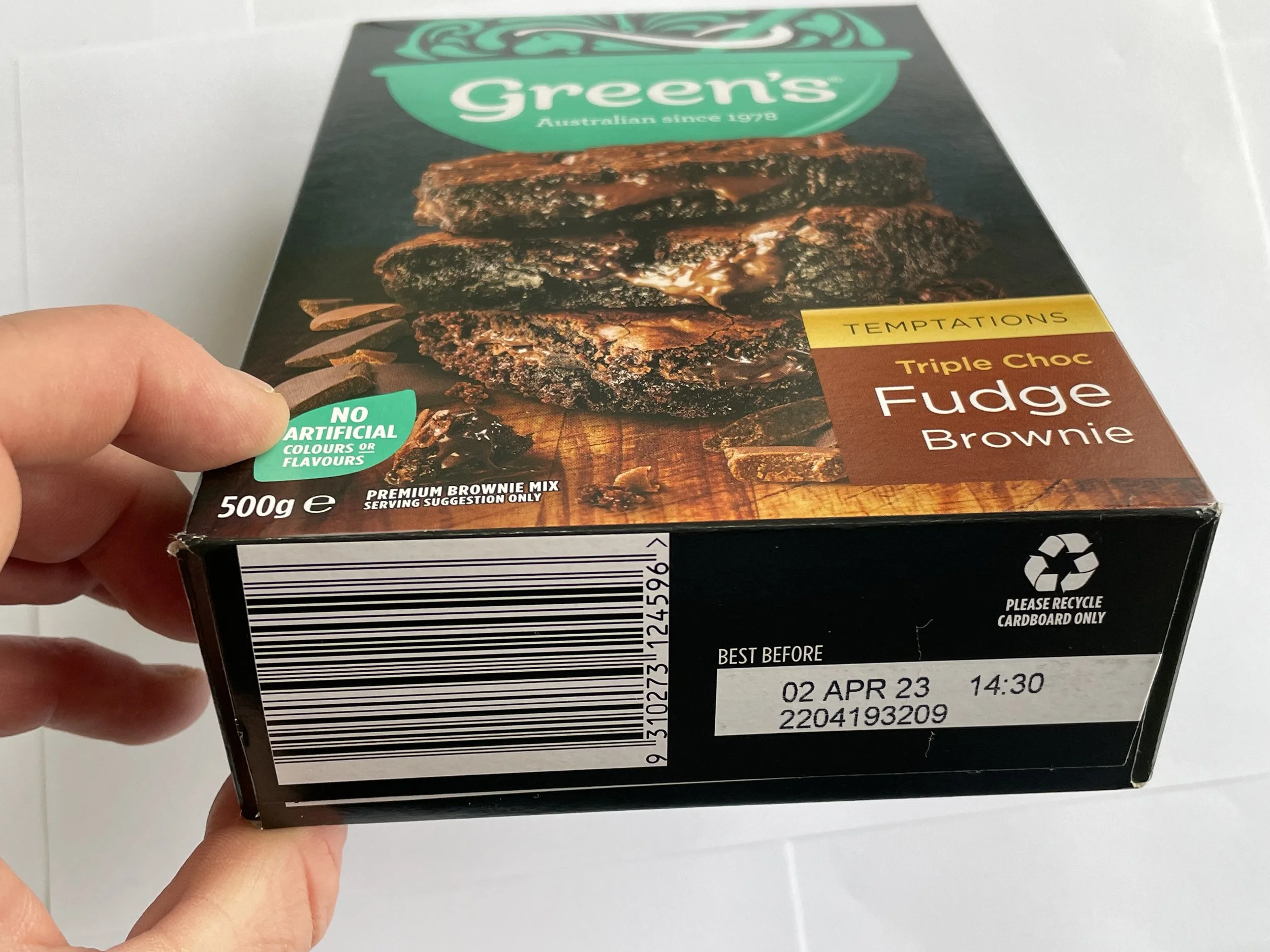What can I recycle in Australia?
What can I recycle in Australia? When I see recycling bins placed on the kerb ahead of the fortnightly pickup, they are sometimes overflowing with products that are meant for landfill. I have been observing this with alarm for many years. Some people seem to not understand or care. Maybe out of sight, out of mind.
Items frequently found in kerbside recycling bins that should not be there include:
Soft plastics
Polystyrene
Broken glassware
Batteries
Clothing and other textiles
Food containers with food in them
Building materials - timber and bricks
Paper towels.
To be honest, I thought I was a diligent recycler. But through the research of this article, I see that I also fall short.
Why does recycling matter. Here are a number of reasons to get you thinking:
Reduces the need to harvest new materials. For example - if we recycle our hard and soft plastics, we reduce the amount of fossil fuel hydrocarbons used in our society. One tonne of recycled plastic saves 16.3 barrels of oil (source: Stanford University).
Decreases our environmental footprint. Given the resistant nature of chemicals like PET, this gradual break down process can take years to complete. Plastic waste, for instance, are estimated to require approximately 400 - 1000 years to decompose in a landfill (source: Harussani et al 2020). Also one tonne of recycled plastic saves 23 cubic metres of landfill space (source: Stanford University).
Saves energy - Making products from recycled materials requires less energy than making them from new, raw materials. It takes much less energy to make products out of recycled materials than from raw materials. One tonne of recycled plastic saves around 130 million kJ of energy (source: CSIRO).
You will see that a lot of the plastic products around the house are stamped with a plastic identification code. This can sometimes be the only indicator of what it is made of, and potentially whether it can be recycled. A helpful guide for the recyclability of different plastics is provided below (source: ACT Government). This is a guide only. Systems do vary between councils, so it's always best to contact your own authority for more information.
It is noted that Plastic Code 4 (LDPE) can generally be recycled at the store drop off, as detailed below. Be guided by the The Australasian Recycling Label Program.
Thankfully we don’t have to always rely on plastic identification codes top understand a products recyclability. A lot of packaging in our supermarkets has a helpful label. The Australasian Recycling Label Program is an on-pack labelling scheme that helps consumers to recycle correctly and supports businesses to correctly design for, label and communicate about packaging recyclability. The ARL Program was developed in 2018 by APCO (Australian Packaging Covenant Organisation), Planet Ark and PREP Design. Since the launch of the label in September 2018, more than 500 organisations have joined the ARL Program, including many of Australia’s best-known brands and retailers, with tens of thousands of products already carrying the label in market.
There are three types of label classifications:
Examples of package labelling are illustrated below.
Arnotts Scotch finger biscuits, with the Australasian Recycling Label. It is great to see we can recycle the packaging with our soft plastics.
Easter egg package with the Australasian Recycling label. The tray and the foil (if scrunched in a ball) can be put in the recycling bin.
Drinking chocolate. Can and lid can be recycled. The foil seal can not be recycled and is placed in the waste bin.
Hair gel. The lid and the tub can both be recycled.
Unfortunately not all companies have signed up to the scheme. Whilst some have, they haven’t updated their packaging. Some examples are illustrated below.
Arnotts Barbecue shapes, with an old recycling label
Greens Brownie mix with an old recycling label
Two helpful videos are provided below, which overview the Australasian recycling label program.
When we stop and think. Are we comfortable that what we put in our rubbish bins might be sitting in landfill for up to 1000 years? By redirecting materials away from landfill, we are also saving energy to make new products. We can adjust our lives with minimal effort to reduce our environmental footprint. A few easy steps might include:
Be guided by the Australasian recycling labels. Most materials can be recycled.
Have an allocated soft plastics bin. I was impressed to see Ecobins makes soft plastic bins for this purpose. Every few weeks, when you go to the supermarket, take your soft plastics in to be recycled. I think we will be surprised how much plastic we will redirect away from landfill.
Select supermarket items that use the Australasian recycling label.
We can all make a difference!


